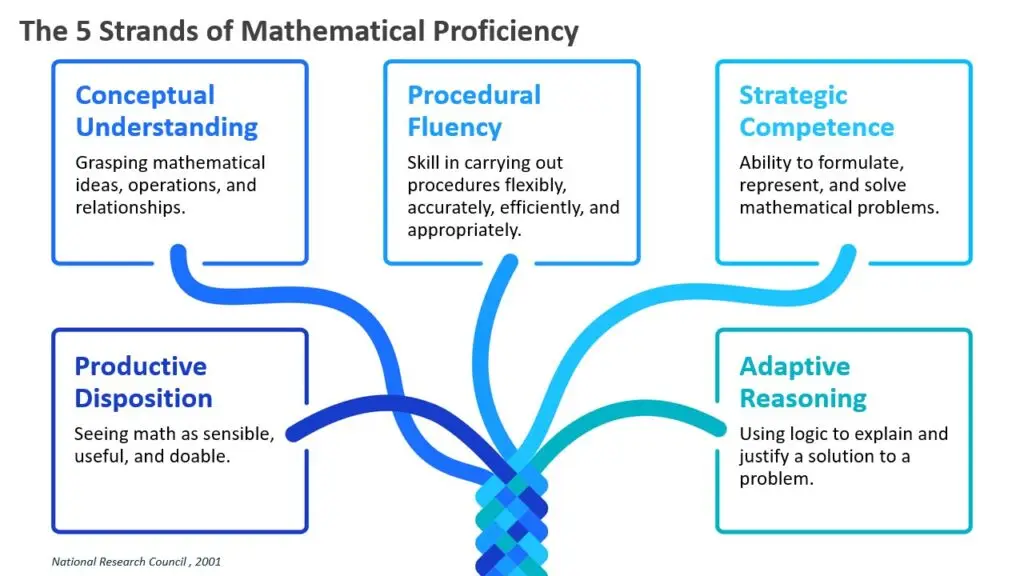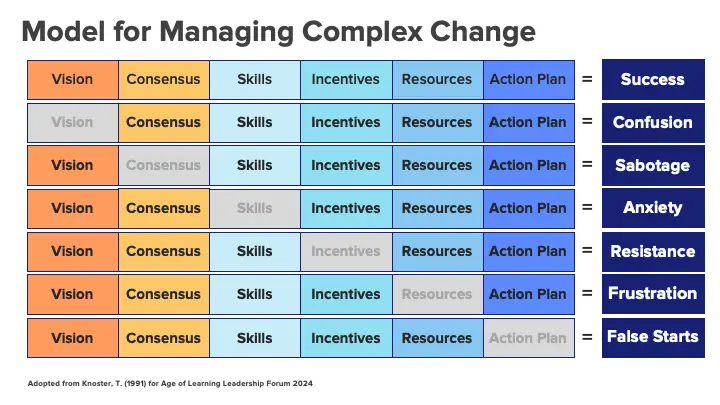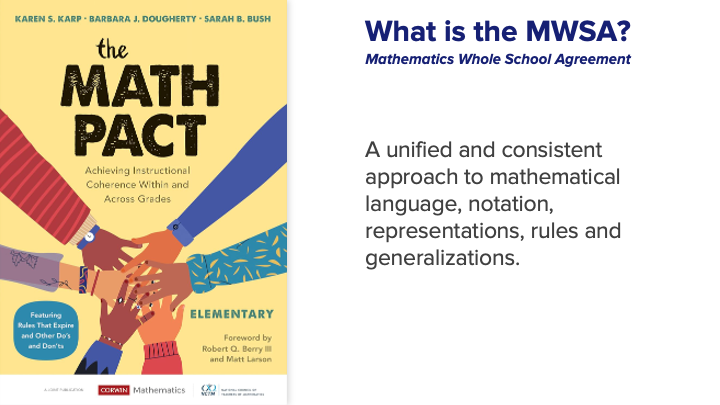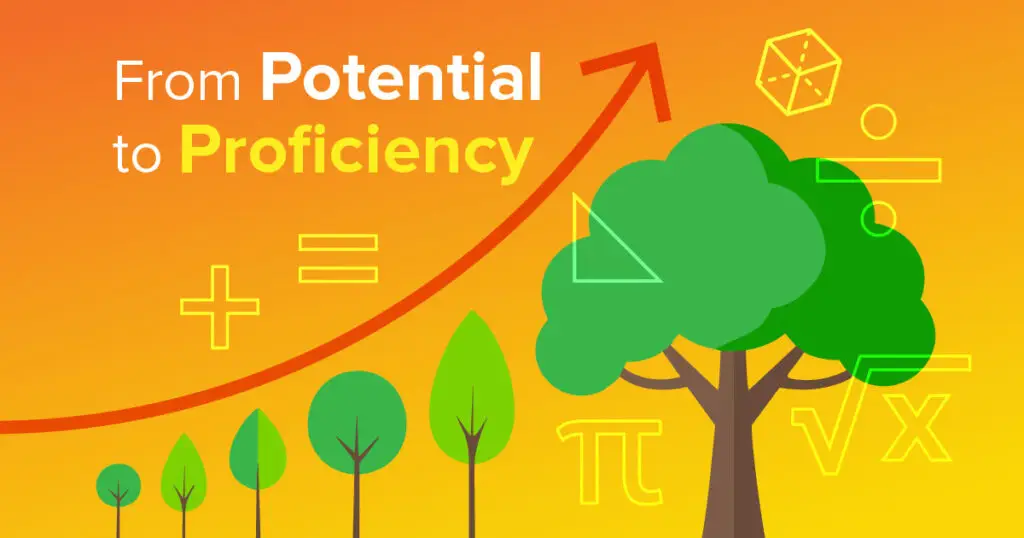If we really want to move the needle on math outcomes, we can’t keep relying on the same old strategies. Real, lasting improvement doesn’t come from just swapping out textbooks or updating pacing guides. It takes a bigger, more intentional shift—one that involves the whole system working together toward a clear, shared vision of what strong math instruction should look like.
Why It’s Time to Rethink Our Approach
The 2024 NAEP results gave us a tough but important reminder: too many students are still struggling in math. Just 39% of 4th graders scored at or above the Proficient level. Nationally, mathematics achievement is not yet back to where it was in 2019 (before the pandemic).
This isn’t just a data problem—it’s a student opportunity problem. But here’s the good news: we can turn things around. Research has shown that effort matters, and when schools and districts put the right systems and supports in place, we can help every student reach their full mathematical potential.
What Does “Proficient” Really Mean?

Being proficient is about much more than memorizing steps or getting the right answer quickly. The National Research Council (2001) outlines five key strands that make up true math proficiency:
- Conceptual understanding
- Procedural fluency
- Strategic competence
- Adaptive reasoning
- Productive disposition
These strands work together. When students understand the why behind math concepts, not just the how, they’re better equipped to solve problems, think flexibly, and approach math with confidence.
At Age of Learning, we’ve designed My Math Academy around these strands. We use virtual manipulatives to build conceptual understanding, provide just-in-time feedback during game-based practice to support fluency, and create interactive problem-solving experiences that promote strategic thinking. Just as importantly, we help students feel confident and capable, so they begin to see math as something they can do.

Systemic Change Starts with a Solid Framework
Of course, meaningful change doesn’t happen on its own. We use a version of Knoster’s model (1991) for managing complex change, which outlines six key ingredients for success:
- Vision
- Consensus
- Skills
- Incentives
- Resources
- Action planning

If any of these are missing, implementation suffers. No plan? You’ll likely see false starts. No consensus? Expect pushback. But when all six elements are in place, that’s when the real transformation happens—and sticks.

Professional Learning That Reflects Great Teaching
We can’t expect educators to implement high-impact, student-centered instruction if they haven’t experienced that kind of learning themselves. That’s why professional development needs to go beyond theory. It should be active, practical, and connected to the realities of teaching math today. Whether through live workshops, coaching, or on-demand learning, we need to prioritize professional learning that actually moves practice forward. Learn more about the professional learning that we offer at Age of Learning to support schools and districts with implementing My Math Academy.
Let’s Move Beyond Hope
Improving math outcomes at scale takes more than good intentions. It takes systems thinking, bold leadership, and evidence-based tools that support both cognitive and affective growth in learners.
Here’s some food for thought to get you started:
- Are your instructional materials addressing all five strands of mathematical proficiency?
- Do you have vertical and horizontal coherence in Mathematics throughout your district?
- What steps should be added to your action plan to manage the complex change of highly effective mathematics instruction in your district?
Our students deserve more than potential. They deserve proficiency—and it’s our job to make that possible.
Read more from Naomi here.
This article was edited in collaboration with ChatGPT, an AI language model developed by OpenAI.

